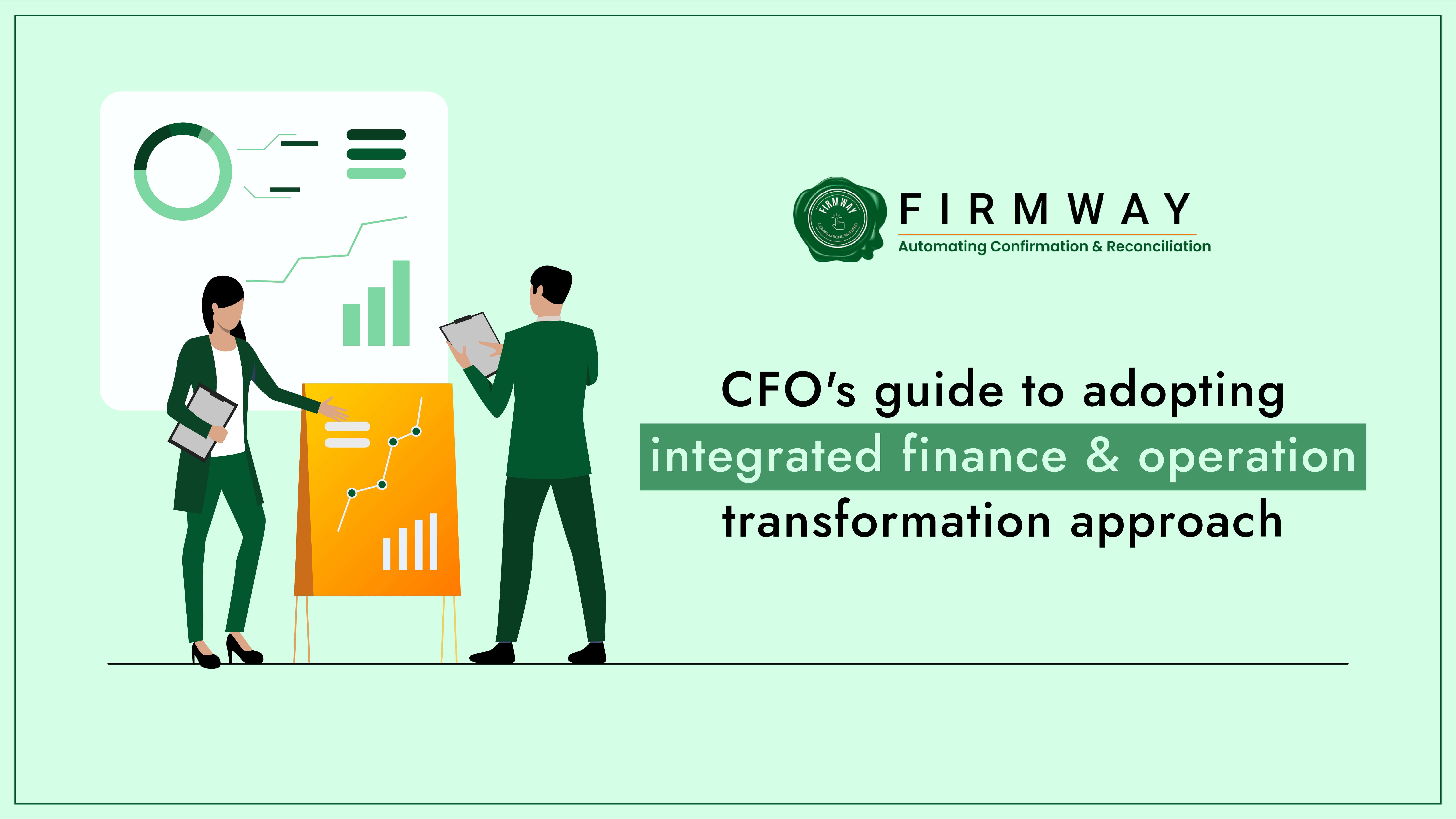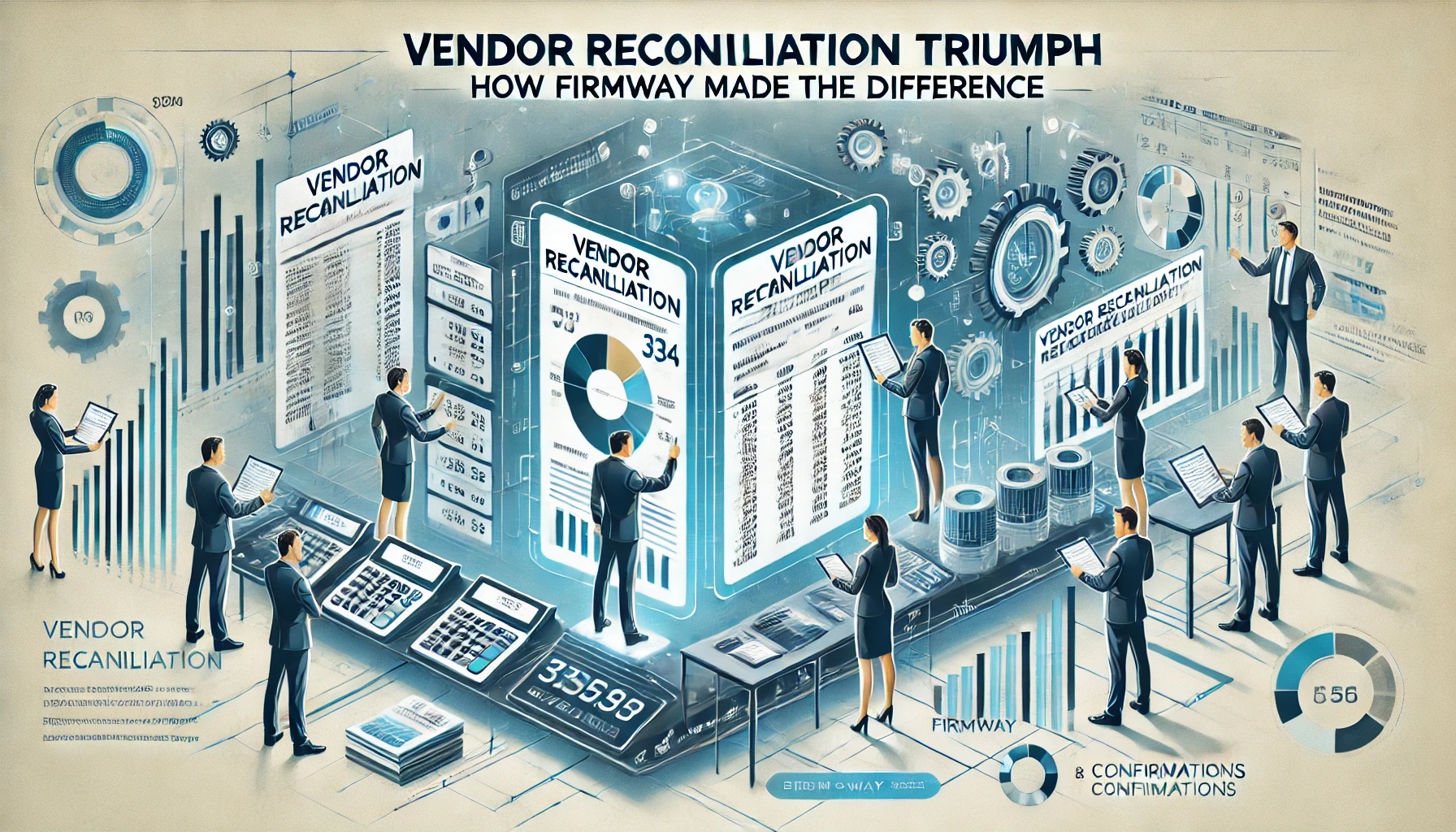Elevating CFO Leadership in Finance Operations Integration
As the role of the CFO continues to evolve, consequently, finance leaders are increasingly taking on a more strategic role in their organizations. The shift is important considering the fact that CFOs are core to the finance of any organization. The strategic role includes not only managing the financial health of the company but also driving operational improvements, delivering business growth, and integrating finance ops. One of the key ways that CFOs can achieve these goals is through an integrated finance operations transformation approach.
Adopting Integrated Finance Operations Transformation Approach
An integrated finance operations transformation involves taking a holistic view of the finance function and identifying key areas for improvement. Additionally, the improvements can include streamlining processes, implementing new technologies, and automating manual tasks. By aligning finance operations with business goals and objectives, CFOs can drive significant value for their organizations. But how can an organization adopt an integrated finance operations transformation approach?
Key Steps for Integrating Finance Operations
The following are some of the key steps that CFOs can take to implement an integrated finance operations transformation in their organization:
1. Identify Areas For Improvement:
The first step in any transformation is to assess the current state of operations. Before bringing transformation, we need to know the current status and lacunas. This includes identifying bottlenecks, inefficiencies, and areas where the finance function is not in tandem with business objectives.
2. Develop A Roadmap:
Once areas for improvement have been identified, CFOs should develop a roadmap for transformation. This step involves strategizing the future path. This should include clear goals, timelines, and metrics for measuring progress.
3. Implement New Technologies:
Adapting latest technologies is more of a necessity than a choice. One of the key ways to drive operational improvements is by implementing new technologies. Additionally, these technologies can include automated accounting systems, adopting cloud-based solutions, or implementing business intelligence tools.
4. Streamline Processes:
Another key aspect of an integrated finance operations transformation is streamlining the existing processes within the organization. This can include standardizing processes across the organization, eliminating unnecessary steps, and implementing process automation wherever appropriate.
5. Enhance Reporting And Analysis:
Top-level executives are often disassociated from ground-level operations. However, reporting is the way through which crucial information reaches top executives in any organization. Therefore, improving the quality and timeliness of financial reporting and analysis is critical for CFOs to drive business growth. This can involve implementing new reporting systems, adopting advanced analytics techniques, and enhancing data quality.
In a Nutshell: Integrating Finance Ops for Strategic Growth
By following these steps, CFOs can drive significant improvements in finance operations and position their organizations for success. An integrated finance operations transformation approach is key for CFOs who want to step out of their conventional roles and take a more strategic role in their organizations to deliver business growth.






